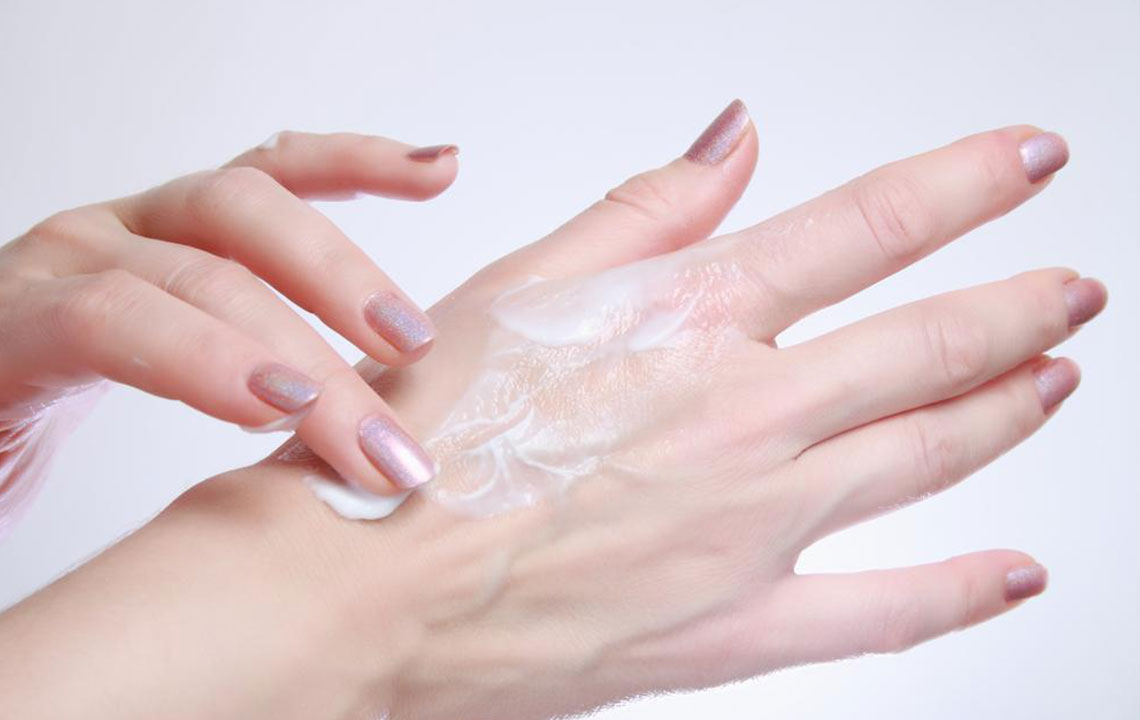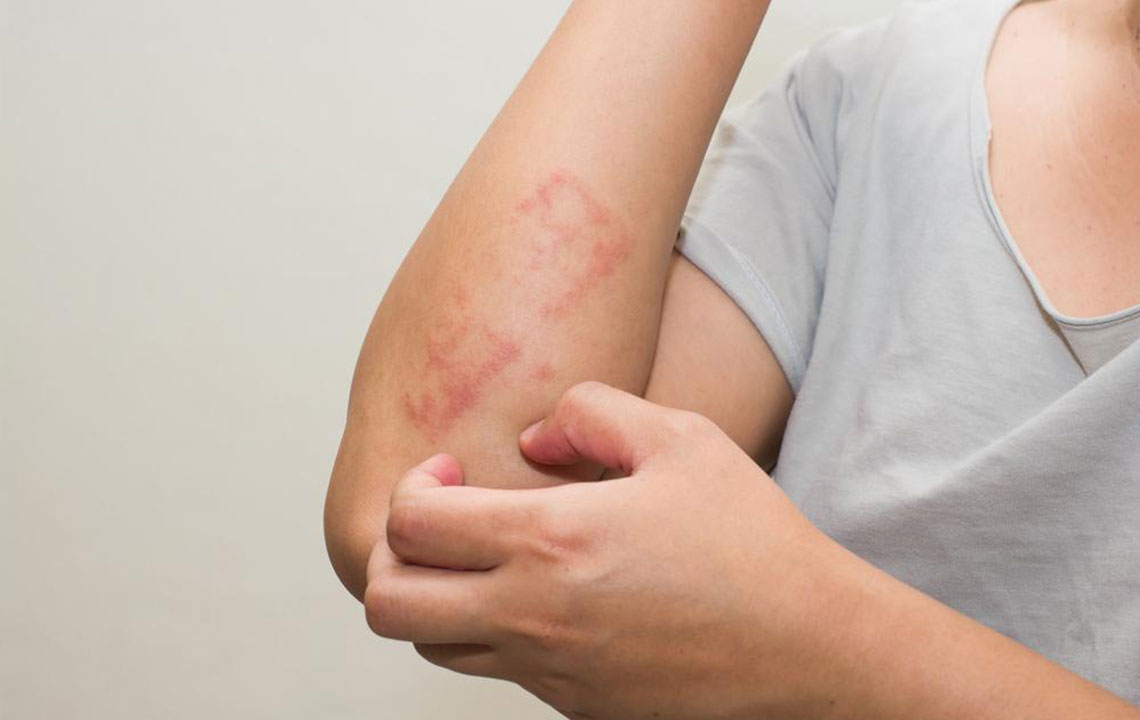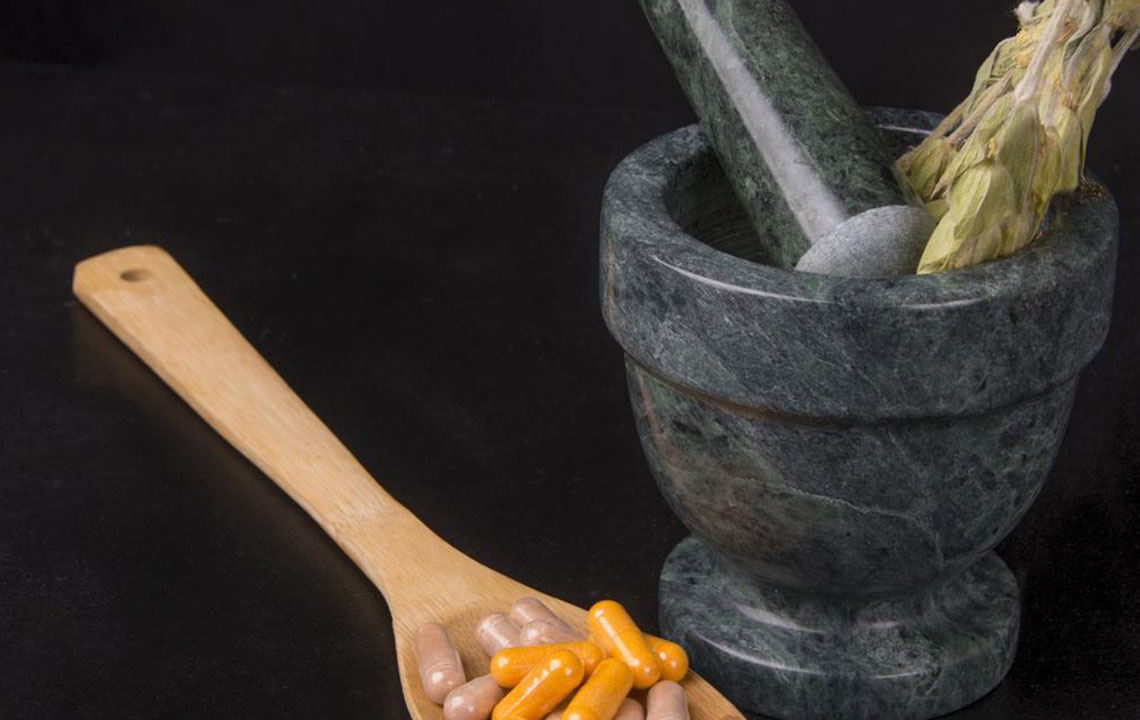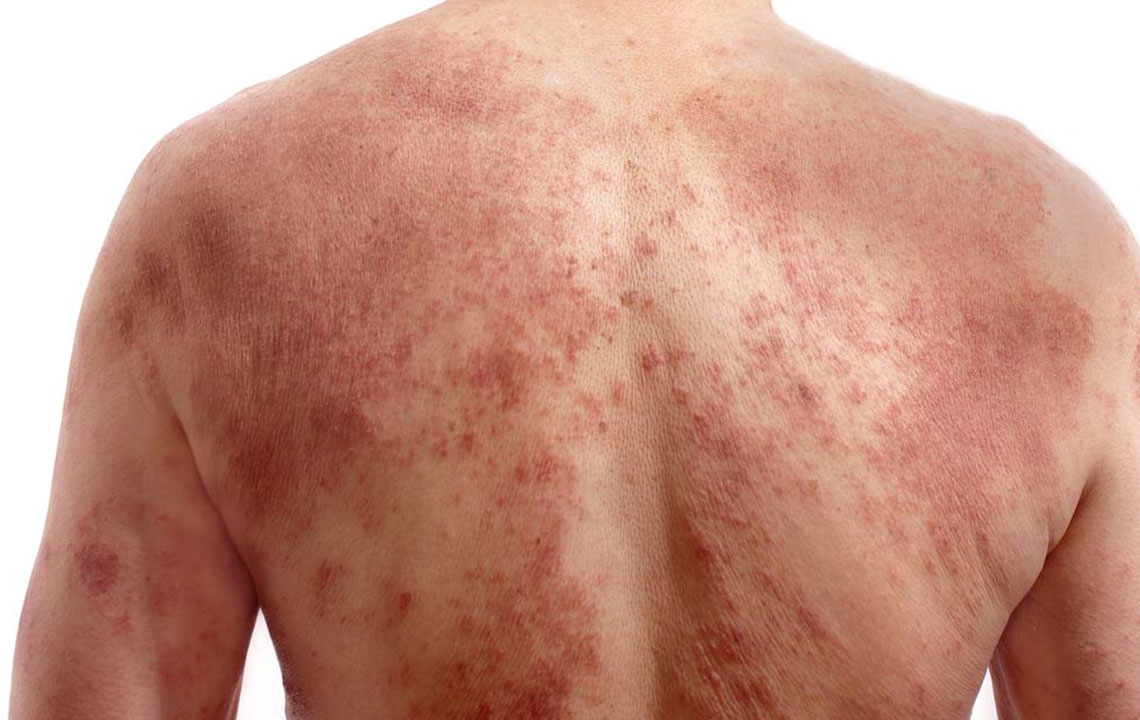Comprehensive Guide to Postherpetic Neuralgia: Symptoms, Treatments, and Lifestyle Strategies
This comprehensive guide explores postherpetic neuralgia, detailing its symptoms, diagnosis, and a wide range of treatment options including topical patches, medications, and lifestyle strategies. Emphasizing early intervention, the article provides valuable insights into managing chronic nerve pain caused by shingles infection, aiming to improve patient comfort and quality of life.

Understanding and Managing Postherpetic Neuralgia
Postherpetic neuralgia (PHN) is a chronic nerve pain condition that often occurs as a complication following an outbreak of shingles, which is caused by the reactivation of the varicella-zoster virus—the same virus responsible for chickenpox. This condition can have a significant impact on a person's quality of life, leading to persistent pain, sensitivity, and discomfort long after the initial shingles lesions have healed. Understanding the mechanisms behind PHN, identifying its symptoms early, and implementing appropriate treatment strategies are crucial in managing this condition effectively.
Shingles manifests as a painful rash that typically appears on one side of the body, commonly on the face or torso. Postherpetic neuralgia develops when nerve fibers damaged during shingles send exaggerated pain signals to the brain or when nerve fibers remain inflamed long after the rash subsides. While anyone who experiences shingles can develop PHN, the risk increases substantially with age, particularly for individuals over 60 years old. As the immune system weakens with age, the likelihood of nerve damage and subsequent chronic pain rises.
It is important to recognize that although no cure currently exists for PHN, various treatment options can significantly help alleviate its symptoms and improve the patient's comfort and functional capacity. Early intervention is particularly effective, especially if treatment begins within 72 hours of shingles rash onset. This can help reduce the severity and duration of postherpetic neuralgia and prevent it from becoming a long-term problem.
Symptoms and Signs of Postherpetic Neuralgia
Persistent nerve pain lasting three months or longer after the shingles rash has healed
Intense burning, stabbing, or aching sensations in affected areas
Increased skin sensitivity, where even light touch causes discomfort (allodynia)
Itching, numbness, or tingling sensations around the site of nerve damage
Possible changes in skin color or temperature in affected regions
Patients often describe the pain as severe, stabbing, or burning, which can interfere with daily activities like sleeping, working, or socializing. Because the skin becomes hypersensitive, even normal contact from clothing or gentle touch can trigger pain episodes, significantly impacting quality of life.
Diagnosing Postherpetic Neuralgia
Most cases of PHN are diagnosed clinically, based on a detailed medical history and physical examination. Healthcare providers assess the duration and character of the pain, the pattern of nerve involvement, and skin sensitivity tests to confirm the diagnosis. Extensive laboratory testing is rarely required unless other medical conditions need to be ruled out. Accurate diagnosis is critical to developing an effective treatment plan to reduce pain and improve patient outcomes.
Effective Treatment Options for Postherpetic Neuralgia
Managing PHN often requires a comprehensive, individualized approach combining pharmacological and non-pharmacological therapies. The goal is to reduce nerve pain, improve skin sensitivity, and restore the patient's quality of life.
Topical Therapies
Lidocaine Patches: Prescribed topical patches that deliver localized numbing effects directly to the affected skin. They are easy to apply and can be trimmed for precise fitting. Regular use can significantly decrease pain and burning sensations.
Capsaicin Patches: Containing capsaicin, derived from chili peppers, these patches work by depleting substance P, a neuropeptide involved in transmitting pain signals. When applied properly by healthcare professionals, these patches can provide long-lasting pain relief—sometimes lasting several months. Initial application may cause a burning sensation, but subsequent treatments often improve tolerance.
Oral Medications
Anticonvulsants: Drugs like gabapentin and pregabalin are commonly used to stabilize nerve activity and reduce nerve excitability. These medications can effectively decrease pain but may cause side effects such as drowsiness, dizziness, or swelling.
Antidepressants: Low-dose tricyclic antidepressants like nortriptyline, and newer agents like duloxetine and venlafaxine, modulate nerve pain pathways. They are especially useful when nerve pain is refractory to other treatments but may have side effects like dry mouth, fatigue, or constipation.
Systemic Pain Management
Opioids: Reserved for severe pain that does not respond to other therapies, opioids such as tramadol or oxycodone are prescribed cautiously. Due to the risk of dependency and adverse effects like dizziness and constipation, their use is closely monitored by healthcare providers.
Steroid Injections: In some cases, corticosteroids are injected into the spine or affected nerves to reduce inflammation and pain. While generally safe, the effectiveness varies, and injections are usually considered when other treatments have failed.
Supporting Home and Lifestyle Strategies
Besides medical treatments, certain lifestyle adjustments can assist in managing PHN symptoms effectively.
Capsaicin Cream: Over-the-counter or prescription capsaicin creams can be applied to affected areas to provide relief by decreasing pain-transmitting neuropeptides. However, initial use may cause a burning sensation, so proper application and protective gear like gloves are recommended.
Over-the-Counter Analgesics: Non-prescription topical creams containing lidocaine or aspirin can help reduce localized skin hypersensitivity and provide additional pain relief.
Living with Postherpetic Neuralgia
Chronic nerve pain from PHN can profoundly affect emotional well-being, sleep, and daily functioning. Patients often experience fatigue, mood changes, and difficulty concentrating. Therefore, holistic pain management, including psychological support and lifestyle modifications, is essential. Regular follow-ups with healthcare professionals ensure that treatments are optimized and adjusted as needed.
Preventative measures such as vaccination with the shingles vaccine can significantly reduce the risk of shingles and subsequent PHN development. Early antiviral therapy during the shingles outbreak also plays a vital role in minimizing nerve damage.
In conclusion, while postherpetic neuralgia remains a challenging condition, advances in pain management and supportive therapies offer hope for improved quality of life. Consultation with healthcare providers is crucial for developing a tailored treatment plan to manage symptoms effectively, reduce pain, and promote a healthier, more comfortable life.





